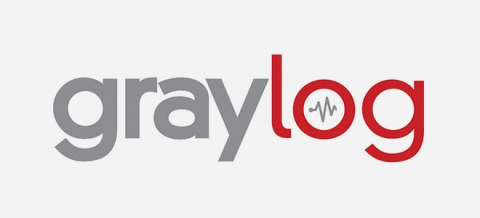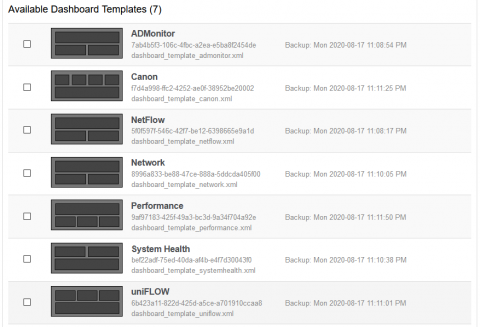Detecting Security Vulnerabilities with Alerts
Every day we discover new vulnerabilities in our systems, cracks in the fence the adversaries take advantage of to get into your organization and wreak havoc. Understanding what you have in your environment (e.g., types of devices, systems equipment, etc.) is very important in order to make sure the controls in place are working and more importantly, keeping up with the threat landscape.










